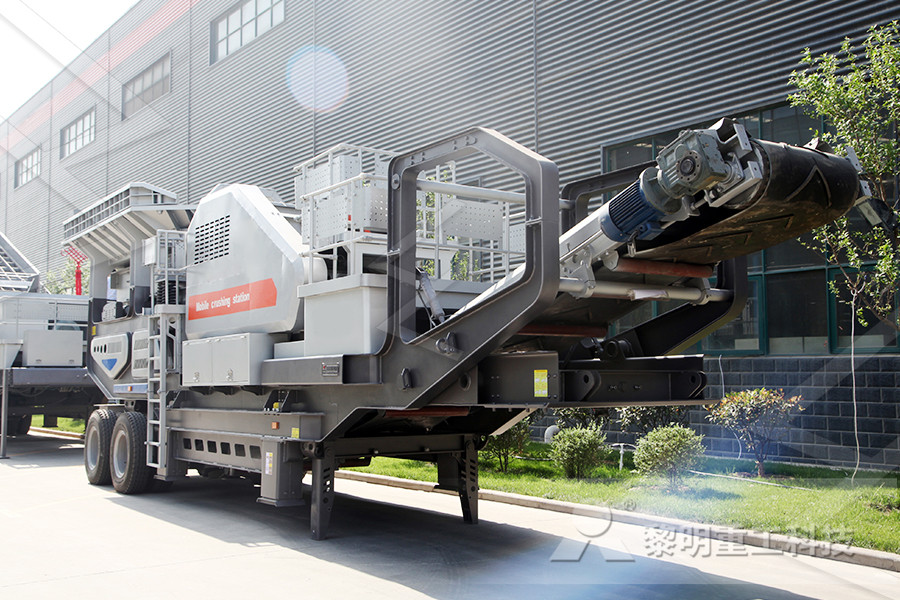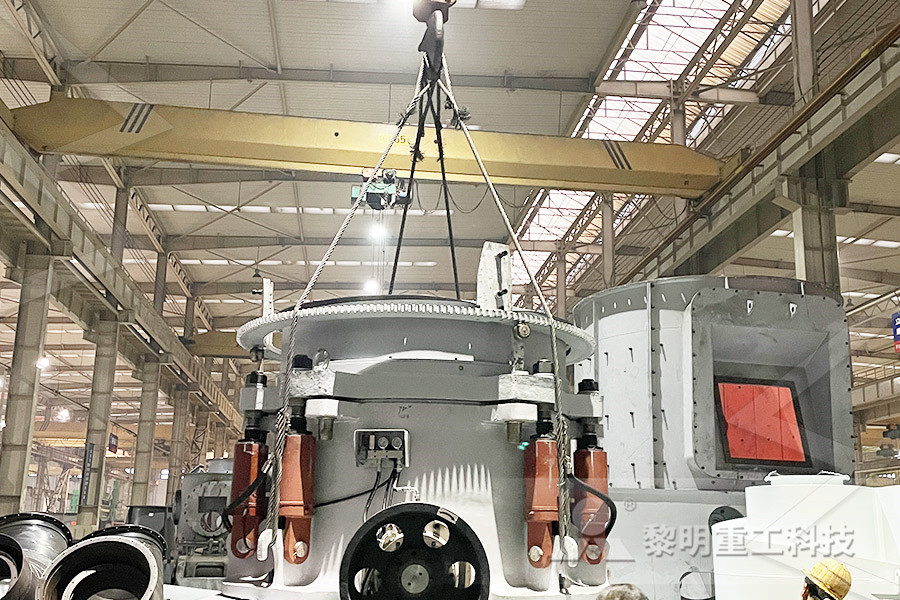
UCLA ICM Institue for Carbon Management
Industry needs Carbon Transformation Heavy industry operations account for 32% of global CO 2 While essential, the manufacture and production of materials and products, including cement and concrete, glass, liquid fuels and steel, contribute significantly to industrial CO 2 emissions Carbon Upcycling: Turning CO2 into a New, Sustainable CO2NCRETE Interdisciplinary research team at UCLA discovers a gamechanging technology to capture and repurpose carbon dioxide March 14, 2016 / 3 Comments / in Business and the Environment, Environment, Public Policy, School of Public Affairs, Sustainable Energy, Urban Planning JR DeShazo Carbon Upcycling: Turning CO2 into a New, “What this technology does is take something that we have viewed as a nuisance — carbon dioxide that’s emitted from smokestacks — and turn it into something valuable,” said JR DeShazo, professor of public policy at the UCLA Luskin School of Public Affairs and director of the UCLA Luskin Center for InnovationUCLA researchers turn carbon dioxide into sustainable Engineering school and California NanoSystems Institute to create integrated, stateoftheart spaces April 19, 2021 Team led by UCLA professor wins $75 million NRG COSIA Carbon XPRIZE April 15, 2021 UCLA alums court success as batterytech entrepreneurs April 8, 2021 CNSI experts examine COVID19 vaccine efforts Los Angeles California NanoSystems Institute Leveraging public The Sustainable LA Grand Challenge — a UCLAwide initiative dedicated to transforming Los Angeles into the world’s most sustainable megacity by 2050 — is connecting leading scholars across campus and partners outside of UCLA to solve urban sustainability challenges in Los Angeles and beyond, while training the next generation of UCLA Sustainability University of California, Los

Aradhna Tripati University of California, Los Angeles
She received her BS in Geological Sciences from California State University, Los Angeles where she received the Aaron Waters Award for Outstanding Senior Aradhna received her PhD in Earth Sciences at UC Santa Cruz where she was a Gates Millennium Scholar, an Ocean Drilling Program Fellow, and a UC Regents’ Fellow – and she received the In the Department of Earth, Planetary, and Space Sciences, we seek to understand the Earth and the planets Our students, researchers, and faculty tackle a wide range of problems, from the Sun to the most distant planets, and from the center of the Earth to the tenuous ionized gases of the solar wind We probe the interior of the Earth using seismic data, laboratory measurements, and computer UCLA Earth, Planetary, and Space SciencesProfessor Ellen Sletten has been chosen for the prestigious 20202021 McCoy Award, which recognizes the researcher in the department who has made the greatest contribution of the year to the science of chemistry and biochemistryUniversity of California, Los Angeles UCLA Chemistry From our home in Los Angeles, the creative capital of the world, UCLA Anderson offers a MBA, PhD and graduate degree and nondegree programs to meet the diverse educational needs and professional goals of studentsUCLA Anderson Home UCLA Anderson School of Find statistics on students who apply to, are admitted to and enroll at UCLA as freshmen and transfers, as well as graduation statisticsStudent Profile UCLA Undergraduate Admission

Earth science: New estimates of deep carbon cycle
University of California Los Angeles Summary: Over billions of years, the total carbon content of the outer part of the Earth in its mantle lithosphere, crust, oceans, and atmospheres has Scientists make new estimates of the deep carbon cycle by Katie Pratt And Stuart Wolpert, University of California, Los AngelesScientists make new estimates of the deep carbon cycleThe changing carbon cycle at Mauna Loa Observatory Wolfgang Buermann*†, Benjamin R Lintner‡§, Charles D Koven*, Alon Angert*¶, Jorge E Pinzon , Compton J Tucker , and Inez Y Fung*,** *Berkeley Atmospheric Sciences Center and ‡Department of Geography, University of California, Berkeley, CA 94720; and National Aeronautics and Space Administration/Goddard Space Flight Center The changing carbon cycle at Mauna Loa Observatory Over billions of years, the total carbon content of the outer part of the Earth in its mantle lithosphere, crust, oceans, and atmospheres has gradually increased, scientists reported this Scientists make new estimates of the deep carbon In the Department of Earth, Planetary, and Space Sciences, we seek to understand the Earth and the planets Our students, researchers, and faculty tackle a wide range of problems, from the Sun to the most distant planets, and from the center of the Earth to the tenuous ionized gases of the solar wind We probe the interior of the Earth using seismic data, laboratory measurements, and computer Geophysics University of California, Los Angeles

Vassilis Angelopoulos University of California, Los
Professor 3107947090 2712A Geology PhD University of California, Los Angeles, 1993 Links Research Website The University of California is deeply grateful to Gov Newsom for proposing the largest state investment in UC’s history: more than $807 million, which includes more than $506 million in ongoing funding for core campus operations, student needs and medical trainingDown to the bones University of California industry, using inputoutput lifecycle assessment, and concludes that the sheer size of the industry makes it a significant contributor to conventional air pollution, greenhouse gas emissions, and energy consumption in the Los Angeles area, and even to some degree at the California levelSustainability in the Motion Picture Industry For example, cities with carbon intensity of electricity below approximately 600 metric tons (t) CO 2 equivalent 2 (CO 2 e) per gigawatt hour (GWh), such as Los Angeles, New York City, and Toronto, can reduce life cycle carbon emissions through electrification of transportation and heating systems (Kennedy 2015; Kennedy et al, 2014) However Second State of the Carbon Cycle Report: Chapter 4 A highly efficient recyclable system for capture and subsequent conversion of CO2 to formate salts is reported that utilizes aqueous inorganic hydroxide solutions for CO2 capture along with homogeneous pincer catalysts for hydrogenation The produced aqueous solutions of formate salts are directly utilized, without any purification, in a direct formate fuel cell to produce electricity and A CarbonNeutral CO2 Capture, Conversion, and

Earth science: New estimates of deep carbon cycle
Earth science: New estimates of deep carbon cycle Date: June 19, 2015 Source: University of California Los Angeles Summary: Over billions of years, the total carbon content of the outer part of Scientists make new estimates of the deep carbon cycle by Katie Pratt And Stuart Wolpert, University of California, Los AngelesScientists make new estimates of the deep carbon cycle carboncycle variability over the last millennium J H Jungclaus et al Title Page Abstract Introduction Conclusions References Tables Figures J I J I Back Close Full Screen / Esc Printerfriendly Version Interactive Discussion 5Department of Atmospheric and Oceanic Sciences, University of California Los Angeles, Los Angeles, CA 90095, USAClimate and carboncycle variability over the last The changing carbon cycle at Mauna Loa Observatory Wolfgang Buermann*†, Benjamin R Lintner‡§, Charles D Koven*, Alon Angert*¶, Jorge E Pinzon , Compton J Tucker , and Inez Y Fung*,** *Berkeley Atmospheric Sciences Center and ‡Department of Geography, University of California, Berkeley, CA 94720; and National Aeronautics and Space Administration/Goddard Space Flight Center The changing carbon cycle at Mauna Loa ObservatoryHow are fungi important to the carbon cycle How might the ability to breakdown from CO 2 at University of California, Los AngelesHow are fungi important to the carbon cycle How

UCLA Earth, Planetary, and Space Sciences
In the Department of Earth, Planetary, and Space Sciences, we seek to understand the Earth and the planets Our students, researchers, and faculty tackle a wide range of problems, from the Sun to the most distant planets, and from the center of the Earth to the tenuous ionized gases of the solar wind We probe the interior of the Earth using seismic data, laboratory measurements, and computer Carbon cost of plant nitrogen acquisition: global carbon cycle impact from an improved plant nitrogen cycle in the Community Land Model MINGJIE SHI 1,2,JOSHUABFISHER,EDWARDRBRZOSTEK3 and RICHARD P PHILLIPS4 1Jet Propulsion Laboratory, California Institute of Technology, 4800 Oak Grove Drive, Pasadena, CA 91109, USA, Carbon cost of plant nitrogen acquisition: global carbon The University of California is deeply grateful to Gov Newsom for proposing the largest state investment in UC’s history: more than $807 million, which includes more than $506 million in ongoing funding for core campus operations, student needs and medical trainingDown to the bones University of California A highly efficient recyclable system for capture and subsequent conversion of CO2 to formate salts is reported that utilizes aqueous inorganic hydroxide solutions for CO2 capture along with homogeneous pincer catalysts for hydrogenation The produced aqueous solutions of formate salts are directly utilized, without any purification, in a direct formate fuel cell to produce electricity and A CarbonNeutral CO2 Capture, Conversion, and life cycle assessments across management systems and global regions University of California, Los Angeles, Los Angeles, CA, USA 3The Nature Conservancy – North carbon (C) sequestration and increased production efficiency, are actively debated (Garnett et al, 2017) We compiled 292 local comparisons of “improved” versus “conReducing climate impacts of beef production: A synthesis